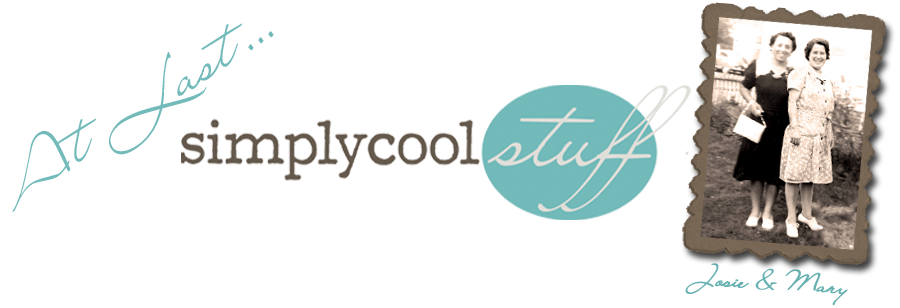


Fire King Gay Fad (1960's)

Fire King Kimberley (1960's)

Moonstone (1941-1946)

Pillar Optic (1937-1942), Hobnail (1934-1936)


Spiral (1926-1930)

Vitrock Footed Splash Proof Mixing Bowl (1930's)

Wexford Pattern (1960's)
Begun in 1905 by Isaac J. Collins and named after the Hocking River in Lancaster, OH, Hocking Glass started out with an initial investment of $25,000. In the first year alone, over $20,000 of hand blown glassware was sold. Production steadily increased with the invention of machine-made glass despite the set back of a devastating fire to the plant in 1924. Through the years the company aggressively purchased Lancaster Glass Co., Standard Glass Co., and Anchor Cap Corp. in 1937 to become Anchor Hocking Glass. It remained competitive through the depression with advances in machinery and production that manufactured 90 glasses per minute at half the cost. Anchor Hocking Glass produced more designs during the Depression era than any other glass company including pressed glass, acid-etched and mold-etched patterns. It continued to acquire companies such as Carr-Lowrey in 1944, and the rapid growth of the soft-drink industry in the 1960's made it among the top producers of glass containers, as well as glass tableware in the world! In less than 60 years Anchor Hocking Glass sales topped $150 million. Its International Division opened in 1963, with operations in 105 countries. In 1968 the company dropped 'Glass' from its name and acquired Plastics Inc. and Amerock Corporation (hardware) as the advent of injection-molded plastic packaging took hold. The years from 1986 - 1995 brought continuous challenges in management, takeovers, and acquisitions as ultimately the Newell Co., run by David Ferguson, led Anchor Hocking into the 21st C. Despite drastic changes to products and management style, Anchor Hocking filed for Chapter 11 bankruptcy protection in 2006.
Below are the the major Depression-era Patterns made mostly from the 1920's through the early 1940's. Due to its relative abundance Anchor Hocking Glass is fairly easy to collect and makes for a lovely affordable vintage collection. Vintage... yet so modern, and Made in the USA! Happy Hunting!
Block Optic (1929-1933), Bubble (1934-1937), Ballerina/Cameo (1930-1934)
Colonial (1934-1938), Coronation (1938)
Fortune (1936-1937), Hobnail (1934-1936), Lace Edge/Old Colony (1935-1938)
Manhattan (1939-1941), Mayfair (1931-1936)
Miss America (1933-1936), Oyster & Pearls (1938-1940), Princess (1931-1934)
Royal Ruby (1939), Circle (1930's)
Queen Mary (1936-1949(, Fire King (mid 1940's-1981), Lake Como (1934-1937)
Old Cafe (1936-1940), Banded Ring (1927-1933)
Roulette/Many Windows (1936-1939), Spiral (1926-1930), Vitrock (1930's)
Waterford (1938-1944), Wexford (1960's)







































